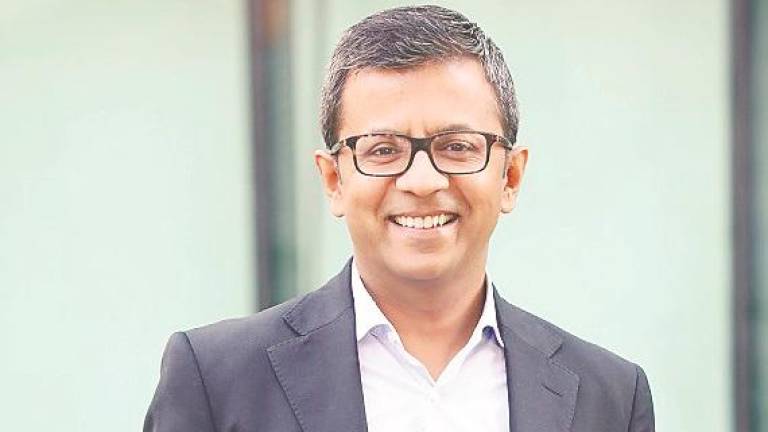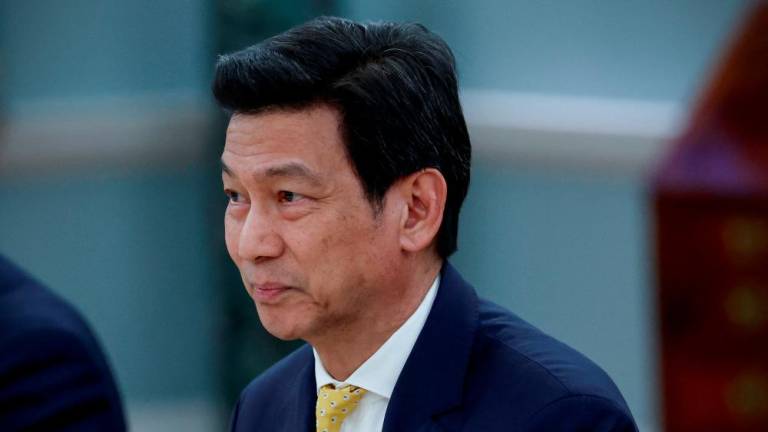INTEREST in food delivery heightened since the pandemic broke out last year: An army of pink, green, orange, red and blue-attired riders, the bulk on small-capacity motorcycles, crisscross our streets to deliver packs and packs of freshly-cooked food to hungry consumers stuck at home.
Since lockdowns were enforced in March last year, industry players, clear beneficiaries of the new normal, have unwittingly been the target of some derision, criticised for somehow “preying” on the F&B industry. The criticisms were compounded by politicians, pressured by the affected, to “intervene” by capping commissions charged on restaurant by food delivery platforms.
Commissions are charged anything between 25% and 35%, but while these figures look as if the food platforms are reaping robust revenue, it unfortunately, does not necessarily translate to profitability. Take for example UberEats and DoorDash: Despite a 2020 revenue growth, both companies are still struggling to find a sustainable business model. This is because these companies operate at negative margins: Revenue earned is channelled immediately as costs to delivery partners (and insurance), marketing, customer acquisition, salaries, product development and other variables. These platforms are constantly battling to manage its “unit economics” to ensure that the business remains viable.
First, the charge: Will capping commissions boost a restaurant’s profits? When the US regulators imposed a commission cap, the industry was forced to react by increasing delivery fees. They had to find alternative sources of revenue, which impacted the very ecosystem that regulators intended to protect. While restaurant margins may improve by commission reduction, it led to an unintended consequence: Decrease in orders, coverage reduction and, unfortunately, less work (and pay) for delivery riders. Why then do restaurants opt for delivery platforms?
The delivery platforms offer a readily available and practical delivery service, and help engage the crucial “last-mile” delivery to hand over food to customers, even at odd hours. But here is also why many restaurants bear with the commissions charged by delivery platforms like FoodPanda and Grab. The two players:
· Established an edge providing greater reach,
· Offer last-mile delivery solutions,
· Increase visibility and wider consumer base,
· Help supplement restaurants’ income, and
· Increase visibility by digital marketing services
What should the government do? In a nutshell, they should engage and consult industry players to gain a better understanding of the food delivery industry and its business model. Although the intention to cap commissions may seem plausible, it cannot help but lead to a “zero-sum game” with unintended consequences.
Khairil Ahmad is a consultant with Hann Partnership.









